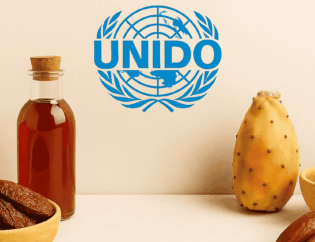
Commissioned by the Tunisian Interprofessional Fruit Group (GIFruits), this strategic market study aimed to assess the current state of the national fruit sector and define a dual export strategy: consolidate existing market presence and diversify toward new high-potential markets. The study covered four main fruit categories and led to concrete recommendations through a robust market potential analysis and international benchmarking.

The Problem
Despite a favorable climate and high-quality fruit production, Tunisia's fruit export sector has faced persistent limitations in reaching its full international potential. Existing efforts were often scattered, lacking a unified strategic direction. Export performance was concentrated on a few traditional markets (mainly European), with minimal diversification. Many exporters did not fully understand the technical requirements of international buyers, nor did they have access to precise intelligence on market attractiveness. Furthermore, national promotion efforts remained under-leveraged and disconnected from long-term positioning goals, making it difficult for Tunisia’s fruit sector to compete globally despite having comparative advantages.
The Solution
The Challenge
-
Highly fragmented value chains with limited coordination between stakeholders.
-
Lack of strategic positioning on promising markets despite good product quality.
-
Limited understanding of international regulatory, logistical, and competitive dynamics.
-
Weak visibility of the Tunisian fruit sector on the global stage, despite strong potential.
We Made
-
Conducted a comprehensive mapping of the fruit sector, covering:
-
Production, transformation, distribution, and domestic consumption.
-
Cost structure per product and logistics infrastructure.
-
-
Assessed the export readiness and evolution of Tunisia’s fruit exports over 10 years.
-
Developed a data-driven prioritization matrix to identify 3 high-potential markets per fruit category.
-
Delivered a detailed analysis of access conditions, regulations, logistics and marketing strategies for each selected market.
-
Proposed a strategic roadmap for both consolidation in traditional markets and diversification toward new destinations.

